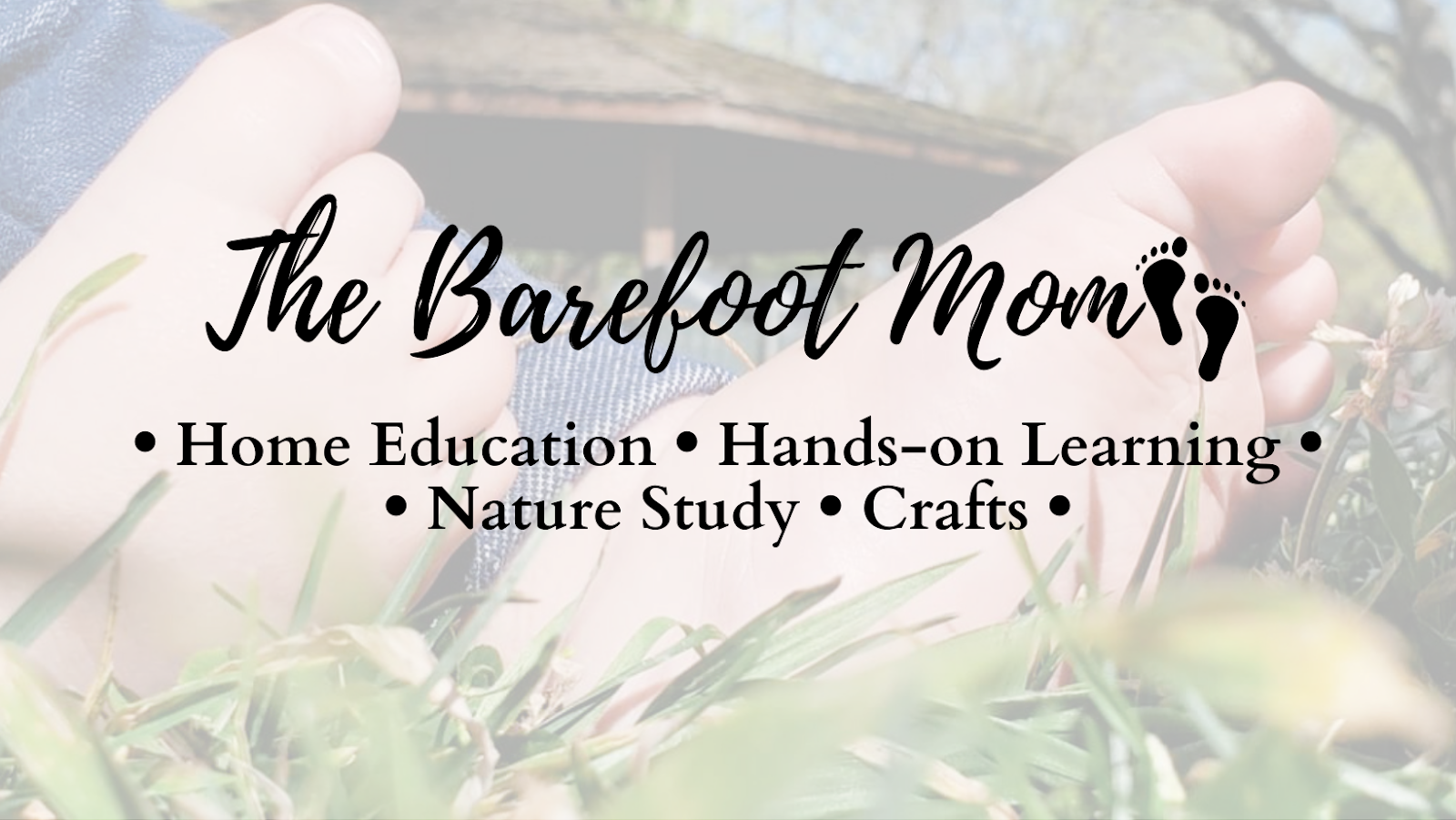Do your kids love dandelions? Mine can't get enough of these lovely spring flowers, so I put together this simple dandelion study for them. I'm hoping you will all enjoy it as much as my family did!
Printable Dandelion Mini Study
Learn all about dandelion anatomy, the lifecycle of a dandelion, dandelion seeds, and more with this 12-page printable study pack. This pack includes vocabulary words, 4 informational reading sheets, a dandelion anatomy diagram/poster, a dandelion anatomy coloring/worksheet, a math activity, a nature journaling activity, a crossword puzzle, and a list of additional resources to check out.
Grab it here: Dandelion Mini Study by The Barefoot Mom | TPT (teacherspayteachers.com)
For more fun dandelion activity ideas, check out this blog post: Dandelion Investigation
Follow me on:



Comments
Post a Comment